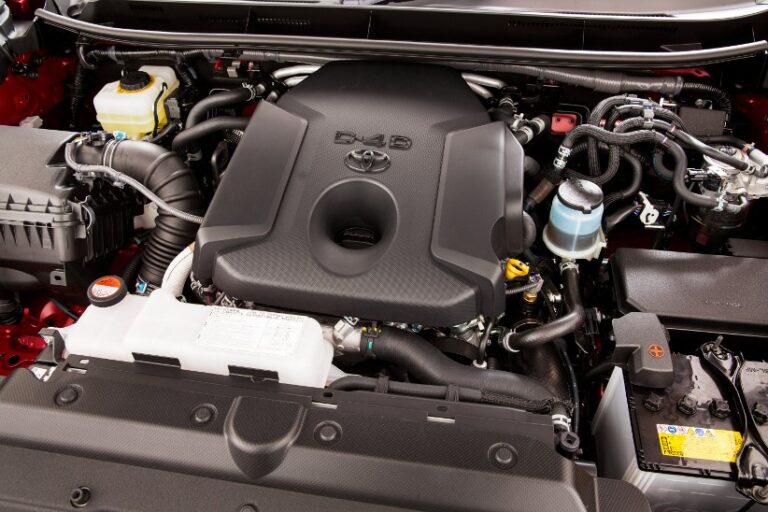Toyota has powered-up its market-leading LandCruiser Prado with higher levels of performance and driving enjoyment by introducing a new-generation turbo-diesel engine, improved petrol V6 and new six-speed automatic transmission.
The all-new high-torque 2.8-litre four-cylinder engine is 227cm3 smaller than the engine it replaces, yet it boosts output with up to 450Nm of torque while reducing fuel use and emissions1.
Prado’s V6 petrol engine has been upgraded to produce a further 5kW of power while also lowering emissions. Both engines are Euro 5 compliant with the diesel now being fitted with a particulate filter.
The two engines can be driven through a newly developed efficient six-speed automatic transmission with the first adoption in a Toyota vehicle of technology that monitors acceleration and other driving conditions to determine the most effective use of high-speed gears.
Other transmission technologies designed for optimum performance and economy include artificial-intelligence shift control to enhance engine braking and acceleration response. A six-speed manual gearbox is available with the diesel engine on the first two grades, GX and GXL.
Prado has the distinction of being the first vehicle in Toyota’s range to be powered by the company’s latest turbo-diesel engine technology, which enhances smooth driving, brisk acceleration and cabin quietness.
The new turbo-diesel will also be offered with the eighth-generation HiLux and the new Fortuner SUV, both of which are due to arrive in local dealerships from October.
Designated 1GD-FTV, the common-rail diesel is the result of an intensive engineering focus on component design to ensure high combustion efficiency, minimal vibration and friction, and low weight.
Unique to the Prado version of this engine is a counter-balance shaft for added smoothness. A chain drive is used instead of a belt for greater reliability.
Maximum torque of 450Nm with the new six-speed auto represents a gain of 9.75 per cent over the previous diesel drivetrain with its five-speed shifter.
At the same time, fuel consumption and emissions have improved by around six per cent at just 8.0 litres/100km1 for the auto on the combined cycle. Mating the new diesel engine to the proven six-speed manual transmission produces an even better 7.9 litres/100km1 – an improvement of 10.2 per cent. The biggest fuel-economy gains with both transmissions will be noticed around town – 13 per cent for the manual and 8.5 per cent for the auto.
Prado’s V6 petrol engine has also benefited from refinements that have extracted more power, peaking at 207kW, while lowering emissions by 1.8 per cent1 and achieving Euro 5 certification for the first time in Australia.
The 4.0-litre DOHC engine gains new injectors that improve the fuel flow and atomisation. Its exhaust system has been modified to improve gas flow and cylinder scavenging while the engine ECU has revised mapping.
The 1GR-FE engine with dual variable valve timing with intelligence – which controls phasing on both the intake and exhaust camshafts to optimise torque and fuel efficiency – is paired with Prado’s new six-speed automatic transmission.
Amid all the changes, Prado’s line-up remains consistent: diesel-only GX is available with five or seven seats while seven-seat GXL, VX and Kakadu offer the choice of engines. The two higher grades are auto only.
Since the original Prado debuted in 1996, local sales have topped 237,000 to make it Australia’s best-selling SUV over the past 19 years.
1 Fuel consumption and emissions vary depending on driving conditions / style, vehicle conditions and options / accessories. Source of fuel consumption data ADR81/02 combined.






